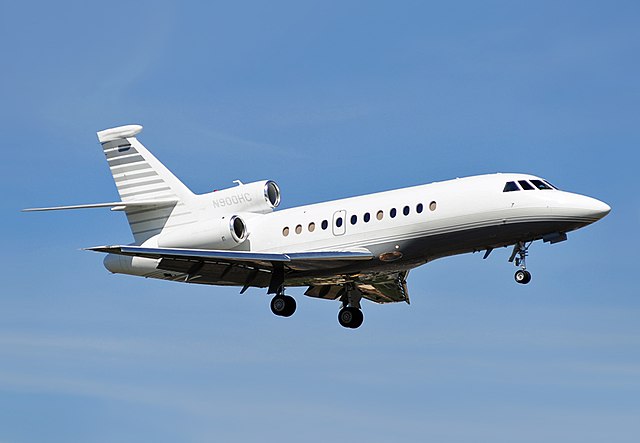The Martin XB-51 was an American trijet ground-attack aircraft. It was designed in 1945 and made its maiden flight in 1949. It was originally designed as a bomber for the United States Army Air Forces under specification V-8237-1 and was designated XA-45. The "A" ground-attack classification was eliminated the next year, and the XB-51 designation was assigned instead. The requirement was for low-level bombing and close support. The XB-51 lost out in evaluation to the English Electric Canberra which - built by Martin - entered service as the Martin B-57 Canberra.
Martin XB-51
Martin's two XB-51 prototypes, seen low over the runway on a high-speed pass
Testing RATO
46-685 on approach
A trijet is a jet aircraft powered by three jet engines. In general, passenger airline trijets are considered to be second-generation jet airliners, due to their innovative engine locations, in addition to the advancement of turbofan technology. Trijets are more efficient than quadjets, but not as efficient as twinjets, which replaced trijets as larger and more reliable turbofan engines became available.
One of the first trijets was the Boeing 727 airliner.
Dassault Falcon 900EX. The 900 and its derivatives, the Falcon 7x and 8x, are the only trijets in the world currently in production.
"Straight-through" central engine layout on the DC-10-based KC-10
The McDonnell Douglas MD-11 is the most recent airliner-size trijet produced.








